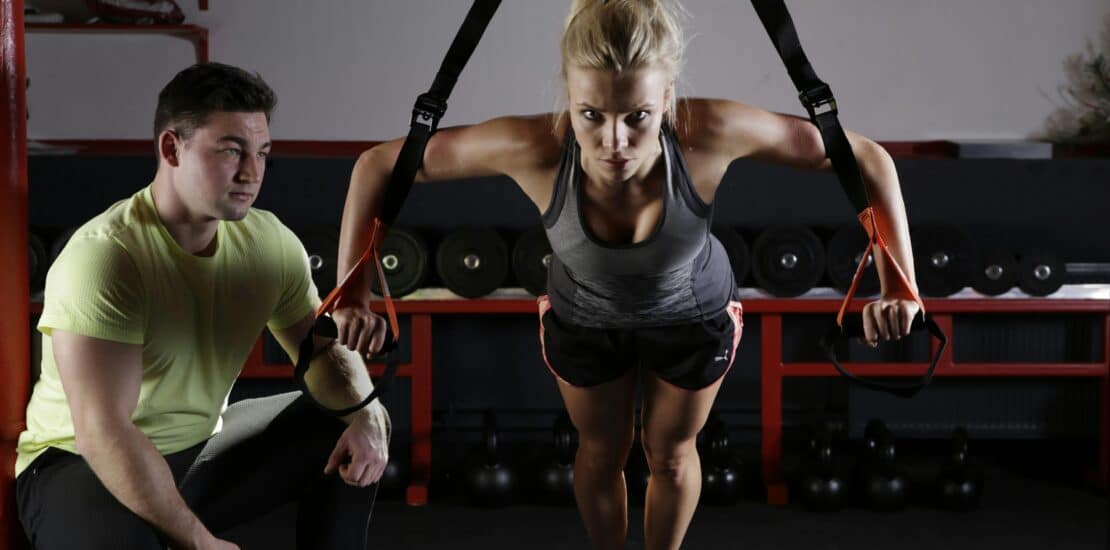As athletes gear up for major events like the Olympics or other high-stakes sports competitions, their training regimens go beyond just refining skills and boosting performance.
The Importance of Functional Training and Strength Conditioning
Functional training and strength conditioning are crucial for athletes. Functional training mimics sport-specific movements, enhancing muscle coordination and joint stability. Strength conditioning builds muscle strength and endurance to handle the physical demands of competition. Combined, these approaches create a resilient body that reduces the risk of injuries while meeting the challenges of the sport.
Statistics Highlighting the Adoption of Injury Prevention Strategies
How Functional Training Enhances Athletic Performance
Functional training includes exercises that target core stability, balance, and sport-specific movements. For example:
- Sprinters might focus on exercises that enhance explosive power and agility.
- Swimmers may concentrate on shoulder stability and core strength.
These targeted exercises ensure that the training is relevant to the athlete’s specific needs, helping to prevent injuries related to movement imbalances or weaknesses.
The Role of Strength Conditioning in Injury Prevention
Strength conditioning complements functional training by building overall muscle strength and endurance. Key elements of a well-rounded conditioning program include:
- Weightlifting and Resistance Training: To strengthen major muscle groups and improve joint stability.
- Flexibility Exercises: To enhance muscle elasticity and prevent strains and sprains.
By reinforcing muscles and tendons, strength conditioning helps maintain proper form and technique, which is crucial for avoiding injuries caused by poor biomechanics.
Enhance Your Performance and Prevent Injuries with Expert Support
At Move Physiotherapy and Fitness, we recognize the crucial role that functional training and strength conditioning play in your athletic success and injury prevention.
Our expert physiotherapists and trainers design personalized programs for your sport and goals, helping you enhance performance and stay injury-free, from local events to the Olympics.
Don’t leave your success to chance—contact us today to schedule a consultation and discover how our specialized strategies can support your athletic journey. Your path to peak performance starts here!
